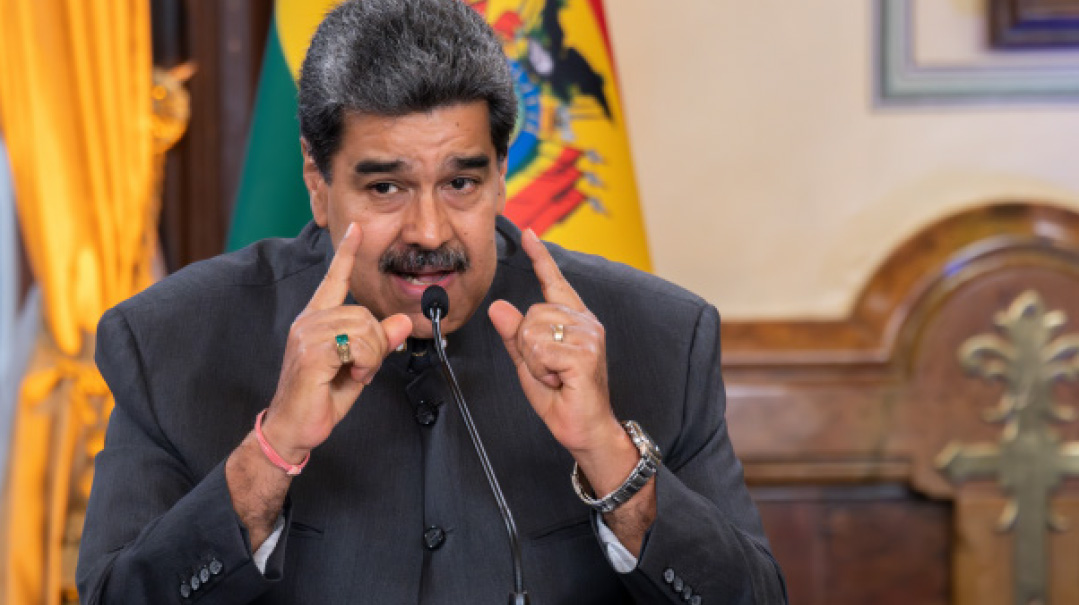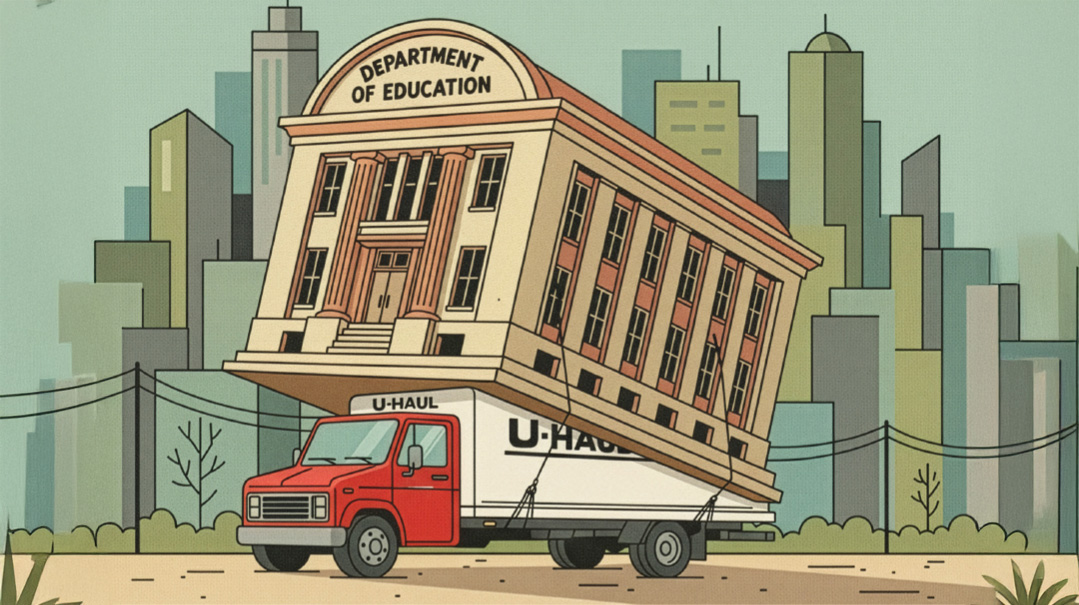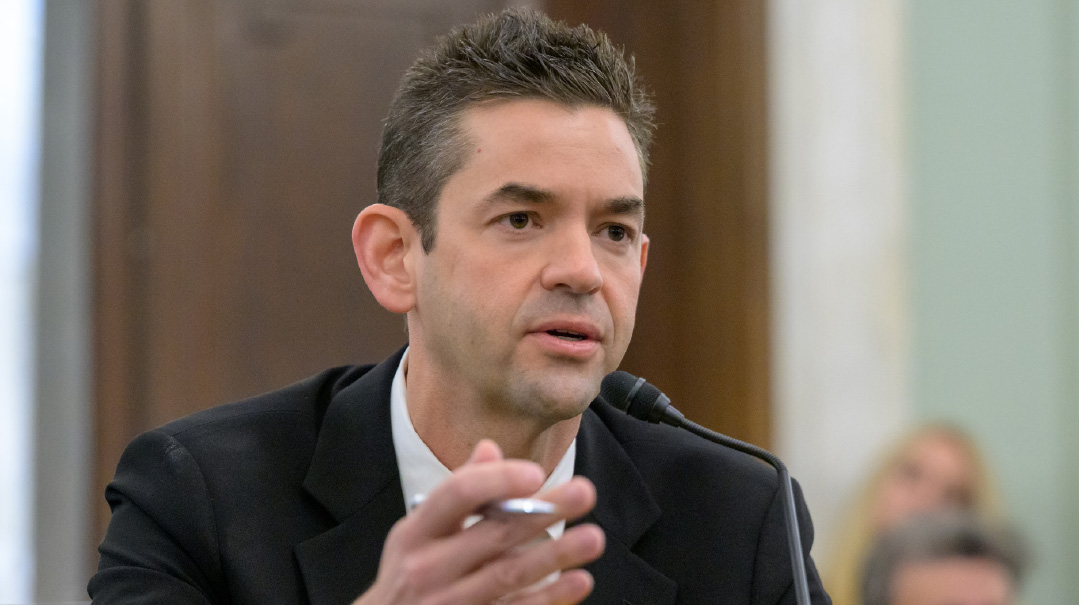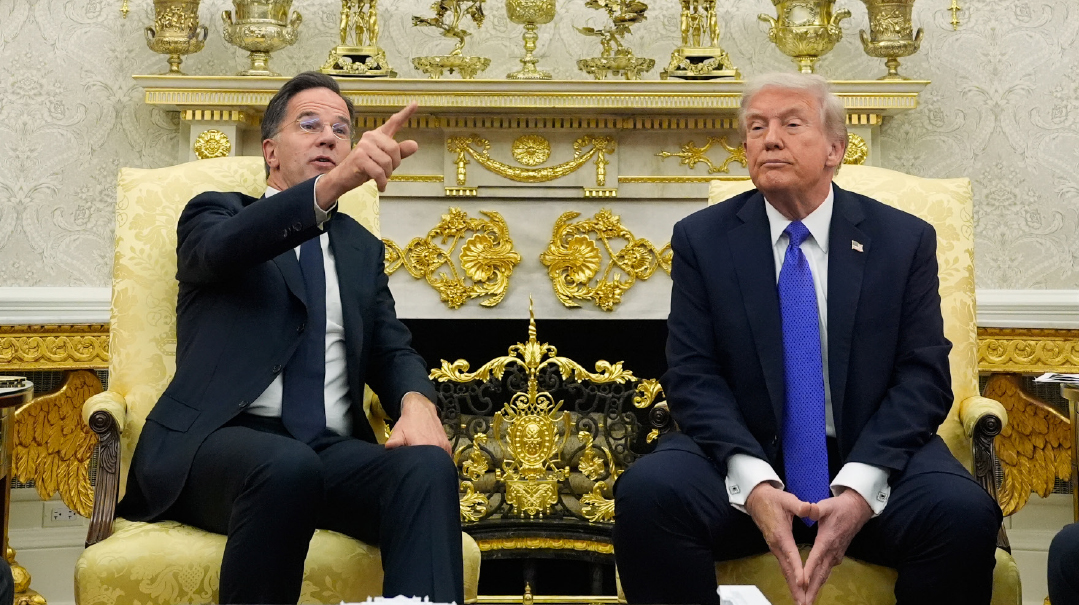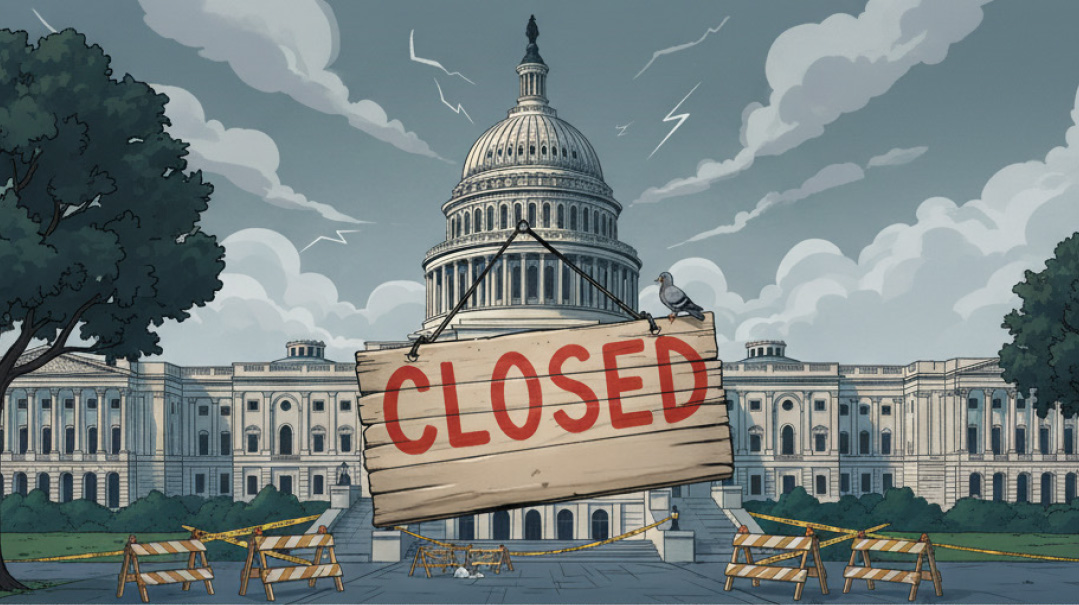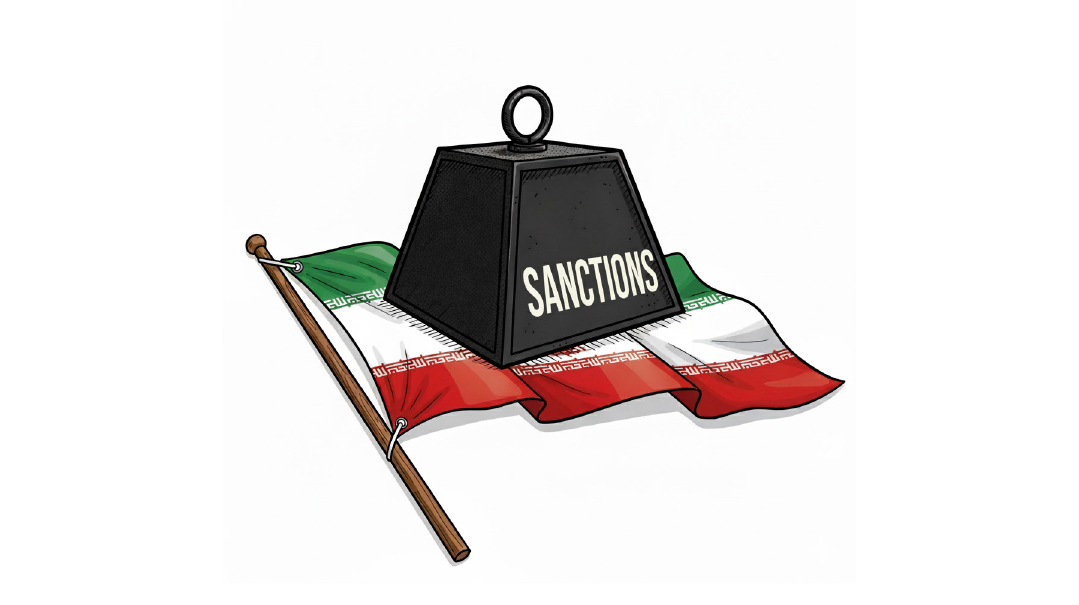The Get-out-of-Jail Card
| February 18, 2025Some call it transactional. Others call it effective. Either way, American hostages are coming home. And fast
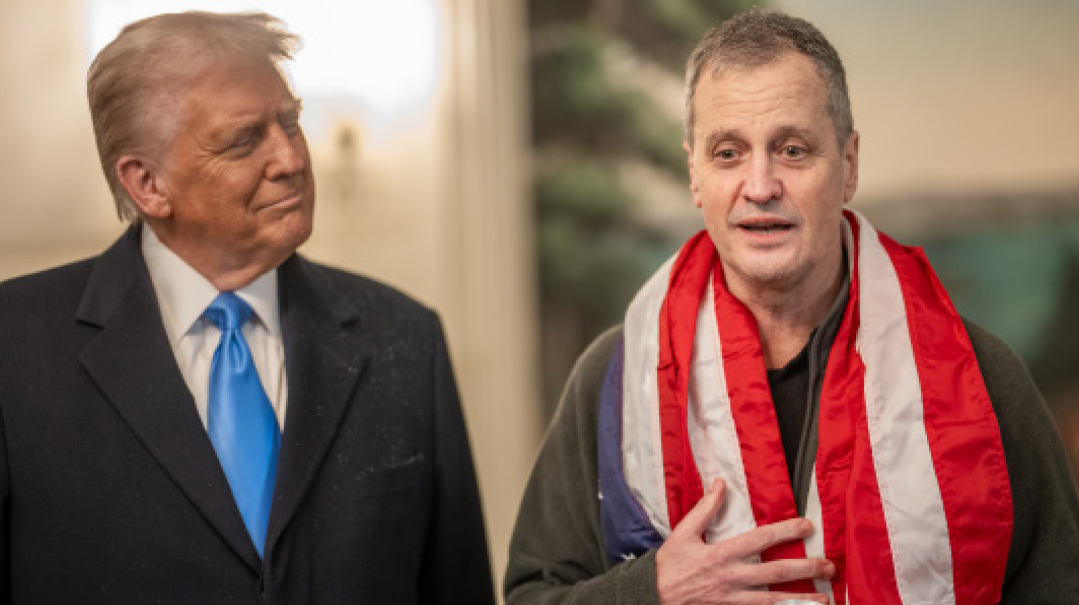
H
ow is Donald Trump pulling off so many hostage releases so quickly? How was he able to accomplish in three weeks what the previous administration couldn’t get done in three years?
It’s not like the problem suddenly disappeared. American citizens are still being detained abroad, often used as political pawns by authoritarian regimes and rogue states. For years, these cases dragged on, tangled in layers of diplomatic red tape, stalling in negotiations that never seemed to go anywhere.
Families waited. Governments made excuses. And nothing changed.
Until now. Under Trump, hostages who had been locked away for years — seemingly forgotten, their cases gathering dust — are suddenly being freed. One by one, they’re stepping off planes and onto US soil. No endless back-and-forth, no ransom payments, no lopsided swaps. Just results.
So what changed? What’s the secret?
Take Marc Fogel, the American teacher locked up in Russia since 2021 over some medical marijuana. After years of diplomatic dead ends, Trump sent Special Envoy Steve Witkoff to handle business, and just like that, Fogel was on a plane home. What did Witkoff whisper to Putin that got him to concede?
Apparently, Belarus got the same memo: An unnamed American citizen was suddenly released from prison there last week.
Adam Boehler, a businessman appointed by President Trump as the United States Envoy for Hostages, with the full diplomatic rank of ambassador, has worked on these cases. He explained the motivation behind these sudden goodwill gestures:
[Trump made] bringing Americans home at top priority, and people respond to that. When you see the president of Belarus doing that — whether people like him, whether they don’t — it’s definitely somebody trying to change the tone with the administration, knowing that the president of the United States cares about getting citizens back.
This method of incentivizing world leaders to bring hostages home works just as well on allies. In the Middle East, Trump put the pressure on Israeli prime minister Binyamin Netanyahu to finalize a hostage exchange deal with Hamas. Sure enough, people have been trickling home.
And Boehler says some leaders don’t even wait to be asked:
I will say, in my opinion, the smartest countries are unilaterally stepping forward, and we don’t even ask. Or we say, “This would be interesting,” and they come up with it. And so, everybody thinks about deals here. The smartest thing you can do to curry favor with the president of the United States is bring America together. He’s been clear about that.
Trump’s success isn’t just about applying pressure — it’s personal. Boehler describes a hands-on president who’s actively participating in these rescues:
The president is deeply involved in all of these conversations. He speaks with the hostages… What ends up happening usually is he’ll empower his team. He’ll say, “I want this person out.” We come up with options. He approves them. And then [he] usually makes calls after. He loves meeting with the Americans who are coming home. That makes a big difference. And you can see the personal relationship.
Boehler even had some advice for Venezuela, where more hostages remain:
[The Venezuelan government] took a big step forward in releasing those [six hostages] to [special envoy] Ric Grenell, and I think that they should release the rest… This administration and this president are not going to forget about any American. It’ll be down to the last one — we will push across the world. So I think it would be very smart of Venezuela to release the rest of the hostages that they have.
The formula is simple: Trump makes it politically and strategically beneficial for world leaders to release American captives. Whether it’s through pressure, incentives, or just the fear of being frozen out, the results speak for themselves.
Some call it transactional. Others call it effective. Either way, American hostages are coming home. And fast.
Not Your Average Workplace
Who keeps the most famous house in America from falling apart? Enter the General Services Administration (GSA), the behind-the-scenes crew responsible for everything from plumbing to pest control, electrical work to heating repairs. If something leaks, flickers, short-circuits, or squeaks, these are the folks you’d call to fix it.
Talk to them, and you’ll find they share one thing in common: They’re in awe of working in the White House, just like the rest of us. But ask them about the history of the building or the policies shaping the nation, and most will shrug. To them, it’s a job. These people, despite their deep familiarity with every nook and cranny of the building, are often the least concerned with its history or political dramas. Knowing who sat in a particular room or which president signed what bill isn’t part of the assignment.
But every now and then, you meet one who’s genuinely curious.
Take one White House technician, a guy who’d been working there practically as long as I’ve been on this earth. I mentioned to him that electricity was first installed in the White House during Benjamin Harrison’s presidency (1889–1893) — and that he was so afraid of electric shocks, he had a full-time electrician just to turn the lights on and off. His eyes widened at this new bit of knowledge.
“So you’re saying I’m basically doing a job they were scared to do a hundred years ago?” He laughed from atop his ladder.
The other day there was the tall, broad-shouldered gentleman, brown-skinned and soft-spoken, who noticed something odd one day. Reporters. Everywhere.
“Man, you even got reporters coming out of all the woodworks,” he said, shaking his head.
I explained the ebb and flow of media interest. How the Trump years were a 24/7 spectacle, the Biden years quieter, and now, with Trump back in the picture, the press was swarming again.
That led to another question: “So, what are these executive orders all about?”
He admitted he had never heard of them until “a couple of presidents ago.” Now, suddenly, they were everywhere. So there I was, standing in the crowded White House corridor, giving an impromptu civics lesson on executive orders — how presidents have used them for decades, but now they’ve become more prominent in modern politics as a means of bypassing Congress and undoing executive orders of predecessors.
That’s the thing about the White House. It’s not just a historic landmark or a seat of power — it’s a workplace, buzzing with people who aren’t there to debate policy but to keep the place running. And yet, every so often, someone looks up from fixing a light switch or rewiring a room and asks, “Hey, what’s actually going on here?”
And in those moments, the White House isn’t just where history is made — it’s where history is learned, sometimes in the most unexpected places.
“There’s only one Muslim country in the world where I’ve felt completely comfortable wearing my shtreimel out in public on Shabbos: Azerbaijan. The Azerbaijani people have such a deep respect for culture and religion that it genuinely warms my heart. When I walk down the street, pedestrians don’t just glance curiously. They approach humbly, offering a respectful greeting . And let’s be honest, they can’t get enough of my shtreimel. It’s a real crowd-pleaser.”
—From a speech delivered this past Tuesday by this correspondent at a Capitol Hill roundtable featuring members of Congress, masterminded by Ezra Friedlander, CEO and founder of The Friedlander Group, in honor of Chief Rabbi Zamir Isayev, the newly appointed chief Sephardic rabbi in Azerbaijan
(Originally featured in Mishpacha, Issue 1050)
Oops! We could not locate your form.

